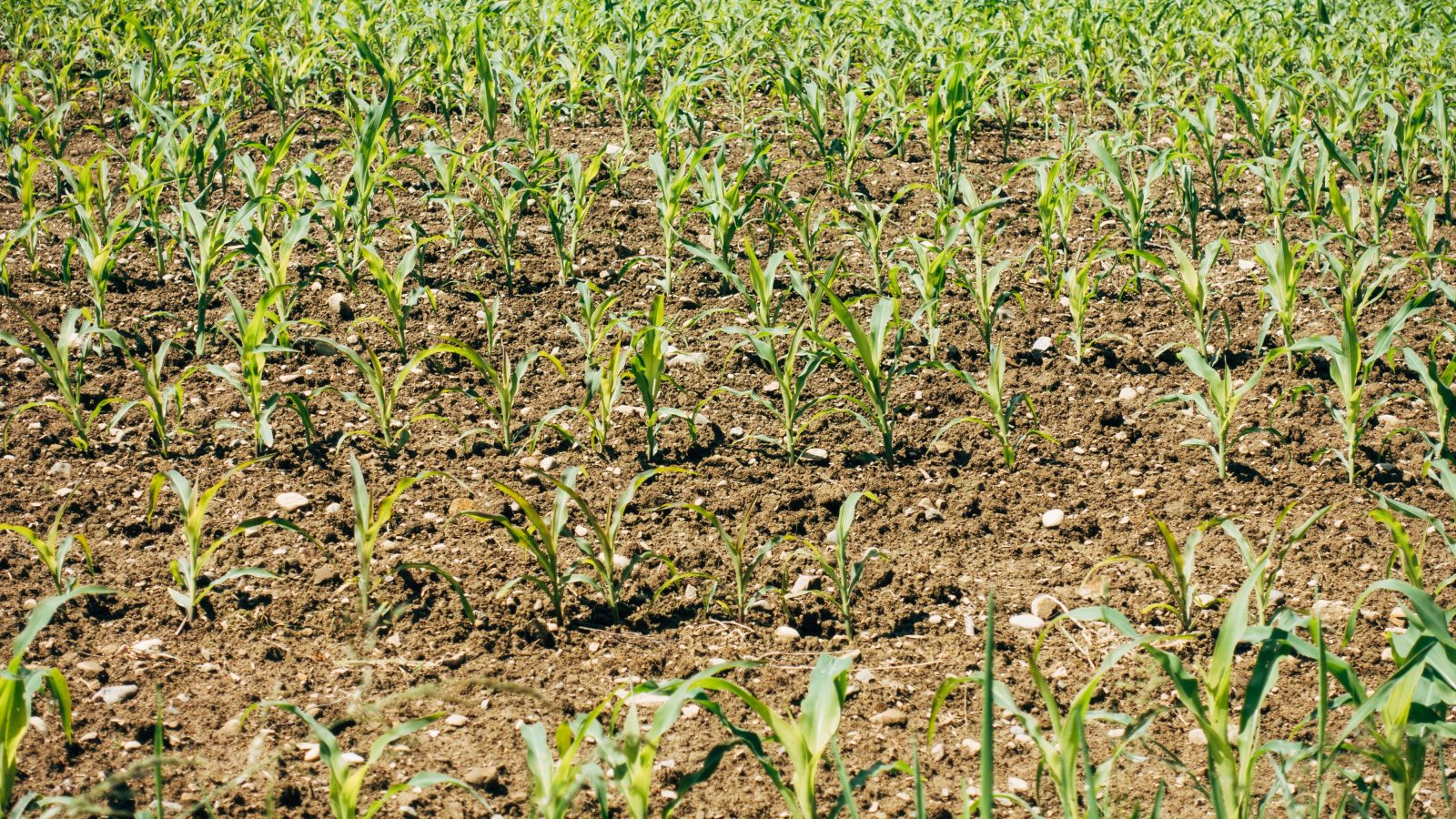
What would happen if glyphosate were no longer available? A new report from Aimpoint Research provides an answer. Despite being determined safe by the U.S. Environmental Protection Agency, the widely used herbicide continues to attract controversy. However, the report finds that removing glyphosate from the market would have significant consequences for U.S. farmers, the economy, and the environment.
“While markets would adapt to a world without glyphosate, it would be a substantial economic cost to farmers and cause the rapid release of greenhouse gasses, reversing decades of conservation and sustainability gains,” said Gregg Doud, Aimpoint Research Chief Economist.
According to the report, without glyphosate:
- U.S. agriculture would see increased tillage and decreased cover crops, potentially releasing of up to 34 million tons of CO2. That’s the equivalent of 6.8 million cars or nearly 36.5 million acres of forests
- Farmers would see a 2-2.5x increase in input costs due to limited supply and higher prices of alternative products. The increase would disproportionately impact smaller farms
- Increasing tillage would raise production costs by over $1.9 billion
- Increased production costs would add inflationary pressure on food prices over the long term for consumers
- U.S. agriculture – and U.S. corn in particular – would become less competitive globally
- More alternatives would eventually be available over time but would take several years and significant investment.
Read more about the report findings here.


